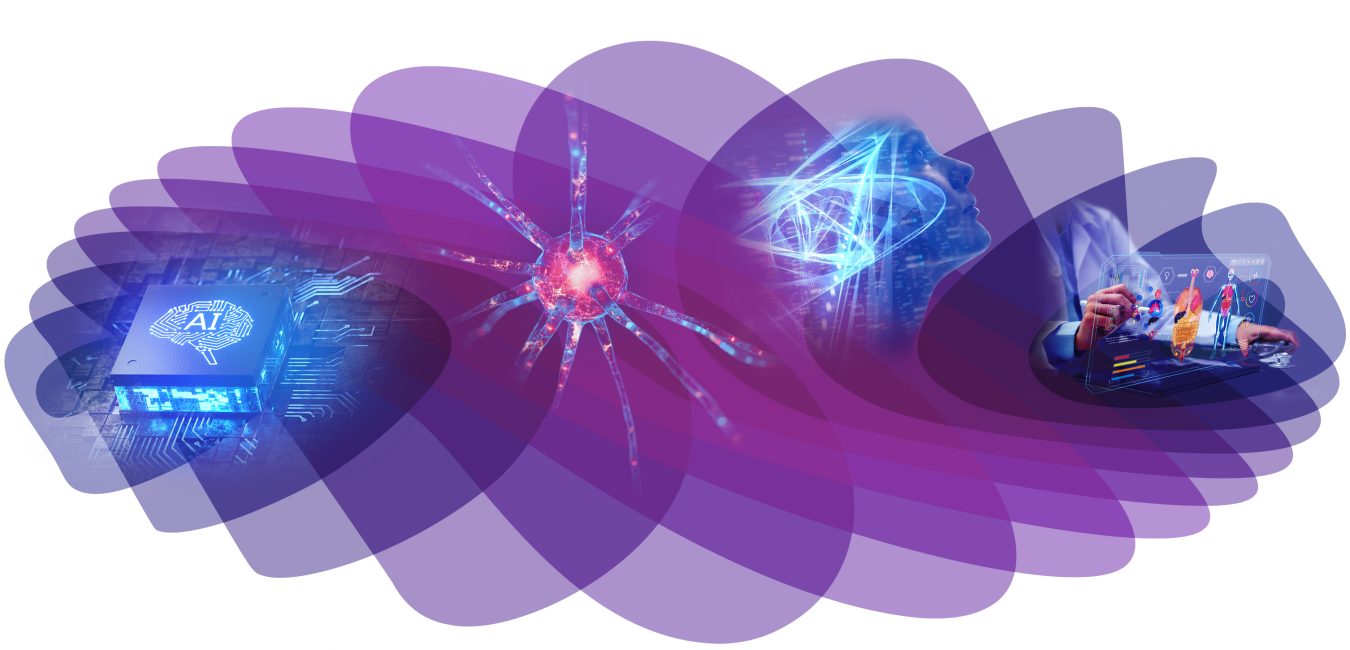
Philip Chiu is currently Professor of Division of Upper GI and Metabolic Surgery, Department of Surgery, Director of Multi-Scale Medical Robotics Center, Director of Endoscopy Center, Institute of Digestive Disease; Director of CUHK Jockey Club Minimal Invasive Surgical Skills Center; Director of CUHK Chow Yuk Ho Technology Center for Innovative Medicine and Associate Dean (External Affairs), Faculty of Medicine, Chinese University of Hong Kong.
Professor Chiu graduated from Faculty of Medicine, Chinese University of Hong Kong in 1994 with two scholarships. He became a fellow of the Royal College of Surgeons of Edinburgh, Hong Kong Academy of Medicine in 2001 and received his Doctor of Medicine at CUHK in 2009. Prof. Chiu is first to perform endoscopic submucosal dissection (ESD) for treatment of early GI cancers in Hong Kong in 2004. In 2010, he performed first Per-oral Endoscopic Myotomy (P.O.E.M.) in Hong Kong as well as pioneering World first robotic gastric ESD in 2011.
His research interests include esophageal cancer management, minimally invasive and robotic esophagectomy, novel endoscopic technologies for diagnosis of early GI cancers, endoscopic surgery as well as robotics for endoluminal surgery. He has published more than 200 peer reviewed manuscripts and 6 book chapters. He received numerous prestigious awards including State Scientific Technology and Progress Award from People’s Republic of China in 2007, 2nd class award in Technological Advancement, Ministry of Education of the People’s Republic of China in 2011. His research on POEM was awarded best of DDW 2011 and first prize of ASGE world cup of endoscopy 2012. He was selected as Asia Pacific Digestive Week JGHF Emerging Leader Lectureship in 2016 and Global Outstanding Chinese Youth 2016. He received the Gold Medal with Congratulations from Jury, 47th International Exhibitions of Inventions of Geneva in 2019 and Spirit of Hong Kong Award on Innovation in 2020. He is currently co-editor of Endoscopy and subject editor for Surgical Endoscopy.
Keynote Talk: Wednesday 28th June 2023 17:00 – 17:45
Robotic Surgery: Beyond Our Senses
Abstract
Minimally Invasive Surgery revolutionized our approach to achieve surgical treatment through small incisions in the body, which led to improvement in outcomes after surgery. The introduction of Robotic Surgical Systems allow surgeons to perform surgical steps with precision, intuitiveness and high quality through 3D vision and stable robotic arms. Currently, the clinical application of robotic surgery is limited by accessibility and cost effectiveness while more surgical robotic systems are now ready to be introduced in reducing the costs. However, the quality of these new surgical robotic systems should be in similar level as current standard. The surgical procedures are currently practiced according to stage of the gastrointestinal cancers detected. However, in the near future with numerous novel technologies in diagnosis including AI and cancer liquid biopsy, more gastrointestinal cancers will be detected in early stage. These early stage gastrointestinal cancers can be managed by endoscopic resection by submucosal disection without the necessity of organ resection. Though patients have significantly improved postoperative recovery after endoscopic resection, endoscopic submucosal dissection is technically challenging with significant morbidities. Flexible endoluminal robotics can achieve surgical dissection within the gastrointestinal tract with significant improvement in safety and efficacy. In the performance of robotic surgery, the high definition imaging system becomes our eyes and the robotic arms become our hands while these two “sensing technologies” are comprehensive to achieve the surgical tasks without tactile feedback.
With the current revolutionary technologies in biomedical senses including genetic engineering, tissue regeneration as well as stem cell therapies, there is a large demand for robotic surgeries at the nanoscale level. The feasibility of an endoluminal robotic delivery system with extension to delivering nano-robotics into the disease site under magnetic and image guidance will further extend the surgical treatment to disease organs beyond our reach and senses.


